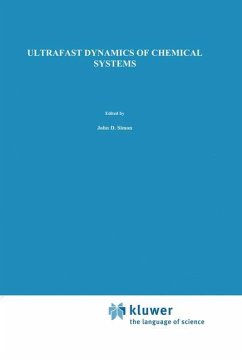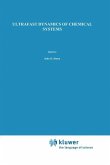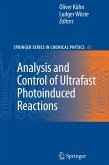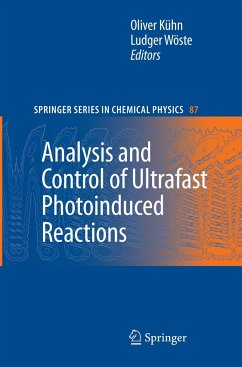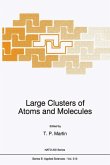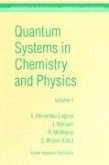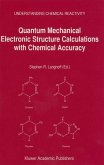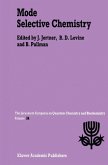The last decade has witnessed significant advances in the ability to generate short light pulses throughout the optical spectrum. These developments have had a tremendous impact on the field of chemical dynamics. Fundamental questions concerning chemical reactions, once thought to be unaddressable, are now easily studied in real-time experiments. Ultrafast spectroscopies are currently being used to study a variety of fundamental chemical phenomena. This book focuses on some of the experimental and associated theoretical studies of reactions in clusters, liquid and solid media. Many of the advances in our understanding of the fundamental details of chemical reactivity result from the interplay of experiment and theory. This theme is present in many of the chapters, indicating the pervasiveness of a combined approach for eludicating molecular models of chemical reactions. With parallel developments in computer simulation, complex chemical sys tems are being studied at a molecular level. The discussions presented in this book recount many areas at the forefront of "ultrafast chemistry". They serve the purpose of both bringing the expert up to date with the work being done in many laboratories as well as introducing those not directly involved in this field to the diverse set of problems that can be studied. I hope that this book conveys the excitement that both I and the other authors in this volume feel about the field of ultrafast chemistry. John D. Simon 1993 1.D. Simon (ed.), Ultrafast Dynamics of Chemical Systems, vii.
Bitte wählen Sie Ihr Anliegen aus.
Rechnungen
Retourenschein anfordern
Bestellstatus
Storno

